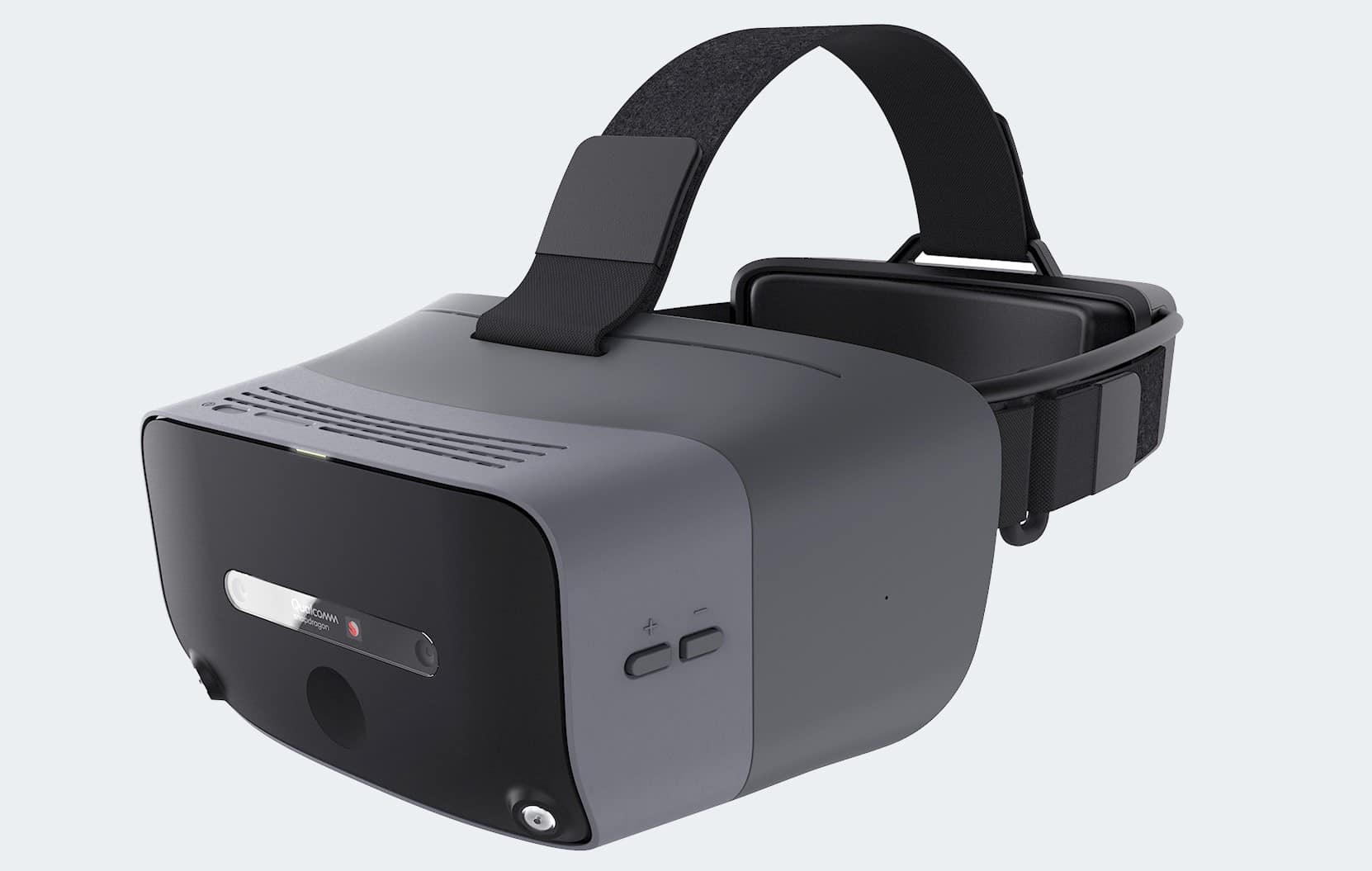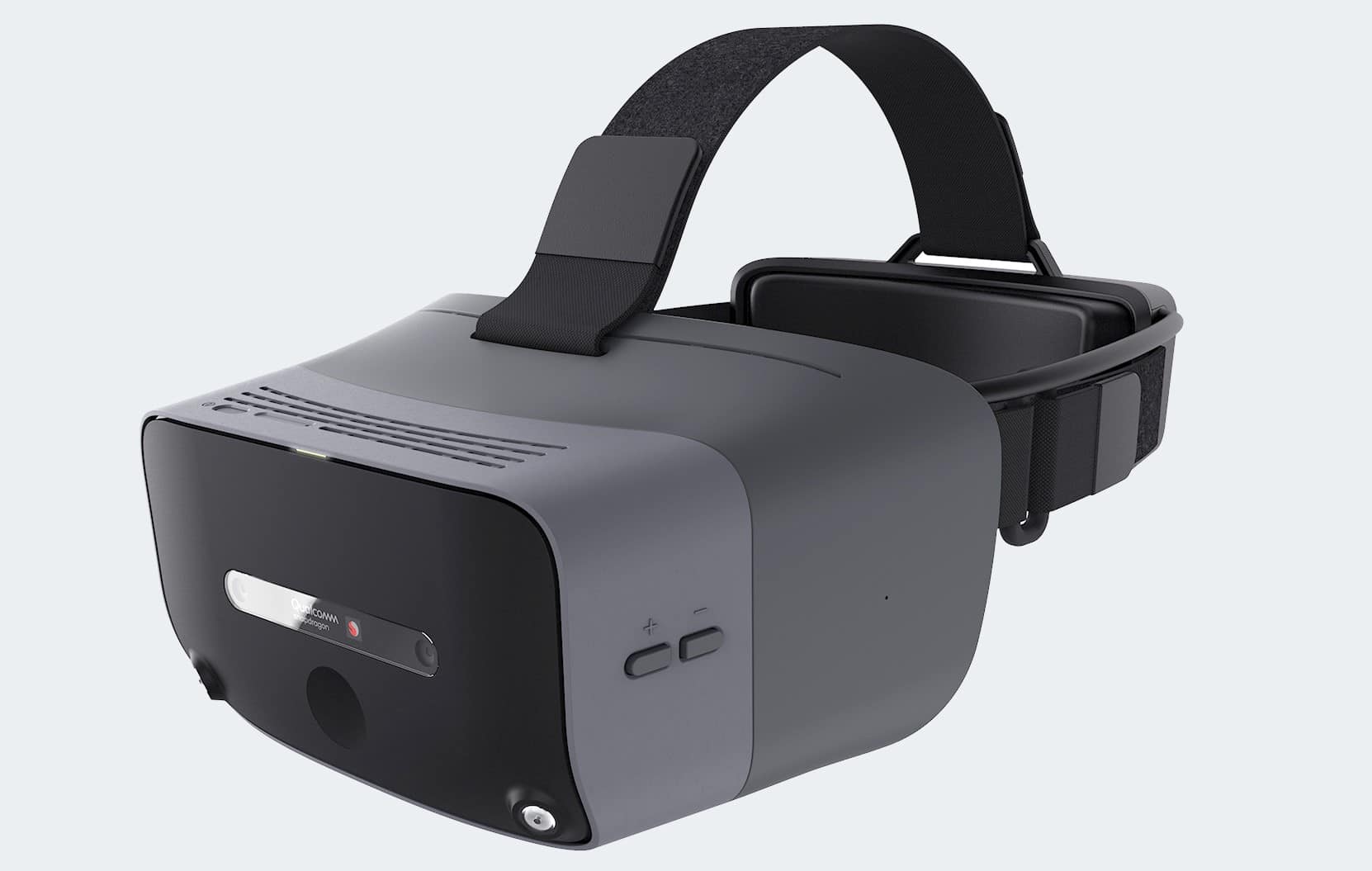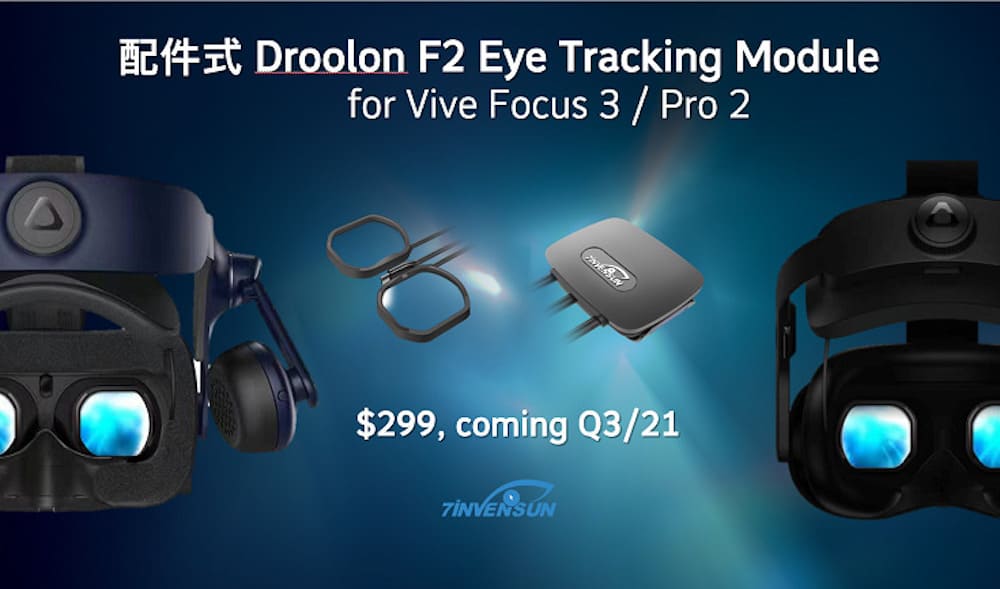
Qualcomm regularly debuts new reference designs to show what is possible with its latest processors, and this new design VR headset is the most advanced of all that is possible. The processors are the basis of the headsets and the Oculus Go and Oculus VR Quest, although both systems from Facebook use is relatively old and more affordable processors from Qualcomm. Series Snapdragon 820 Qualcomm was first announced in 2015, and Go uses Oculus 821. Oculus Quest from 2019 835 uses Snapdragon announced in 2017. XR2 platform, which Qualcomm is promoting in 2020, is focused on VR and AR variant 865, which was first announced in late 2019.

They say that this newest processor and the reference design is able to split the rendering over a wireless connection 5G, that is, some processing is performed on the set, and the other on the cell tower, where energy-intensive processors can theoretically draw photorealistic images for the headset. Theoretically, this would allow relatively easy wireless VR headset to offer spectacular images that are currently delivered expensive powerful PC with a wired connection. Qualcomm has announced support for separate rendering through a wireless connection with a nearby PC last year, and Pico Neo 2 is said to support this feature.
It may be years before this type of rendering pipeline will become widely available to consumers. Hugo Swart is responsible for the VR and AR at Qualcomm, said in a conference call with reporters, I think we will see tests of 5G to use VR and AR this year and initial deployment of somewhere in 2021. Usually improvement of the cellular network technology are for many years, and only some cities receive support in the first place. Similarly, Facebook and other companies that produce VR and AR headsets, try to minimize the cost of equipment to gain access to the largest set of buyers. Usually this means using the cheapest (sometimes older) components when possible.
However, the latest reference design integrates a number of technologies, some of which can turn it into more headsets than 5G. The device uses, for example, electromagnetic tracking controllers NDI, which was demonstrated at CES on the Neo 2 and Pico. This type of technology still tracks the controllers, even if, for example, your body is between the headset and the controller.
Here is a video showing how this technology works.
In addition to 5G, Qualcomm said that its reference design supports up to seven cameras. Two of them are internal to the tracking of eyes and four external, two for the demonstration of end-to-end overview of the environment and two for the head tracking. Device manufacturers can also add face tracking by using a different camera inward. Qualcomm says that the device also includes an infrared emitter for tracking of hand movements and head movements using the same cameras and “2K x 2K on the eyes LCD display that supports two panels,” although it is assumed that the XR2 can keep panels even with the higher resolution.
Source







